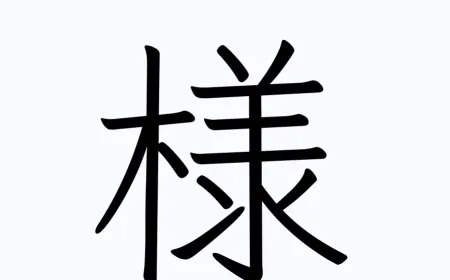The art of Japanese tea ceremony: A journey into elegance and tranquility
Steeped in tradition and revered for its grace and elegance, the Japanese tea ceremony, known as "sado" or "chado," is a captivating ritual that embodies the essence of Japanese culture.

With its meticulous attention to detail, the tea ceremony transcends the act of drinking tea and becomes a transformative experience that cultivates a sense of tranquility, mindfulness, and harmony. In this blog post, we will embark on a journey to explore the art of the Japanese tea ceremony, delving into its rich history, the philosophy behind its practices, and the profound impact it has on participants.
1. Origins and Evolution of the Tea Ceremony
The roots of the Japanese tea ceremony can be traced back to China, where the cultivation and consumption of tea were introduced. We will delve into the history of tea in Japan, from its arrival in the 9th century to its development into an art form during the 16th century. Exploring the influence of tea masters such as Sen no Rikyu and the establishment of different tea schools will shed light on the evolution of the tea ceremony over the centuries.
2. Principles and Philosophy of the Tea Ceremony
At the heart of the tea ceremony lies a set of guiding principles that reflect Zen philosophy. We will explore concepts such as "wa" (harmony), "kei" (respect), "sei" (purity), and "jaku" (tranquility), which underpin the tea ceremony's rituals and aesthetics. Understanding these principles will provide valuable insights into the intention behind each action and the profound spiritual significance of the tea ceremony.
3. The Tea Room and its Aesthetics
The tea ceremony takes place in a purpose-built tea room, known as a "chashitsu" or "chashitsu," which is designed to create a serene and meditative atmosphere. We will delve into the architectural elements of the tea room, the choice of materials, and the incorporation of natural elements to foster a sense of harmony with the surrounding environment. The emphasis on simplicity, minimalism, and the use of traditional craftsmanship will be explored, highlighting the profound connection between the tea room's aesthetics and the tea ceremony experience.
4. Utensils and Tools of the Tea Ceremony
The tea ceremony is accompanied by a range of utensils and tools, each serving a specific purpose and carrying its own symbolism. From the tea bowl (chawan) to the tea scoop (chashaku) and the tea whisk (chasen), we will explore the craftsmanship and cultural significance of these items. Understanding the artistry and symbolism behind the utensils enhances our appreciation of their role in the tea ceremony.

5. The Ritual of Preparing Matcha
The preparation of matcha, a finely powdered green tea, is the focal point of the tea ceremony. We will delve into the intricate steps involved in preparing matcha, from the precise measurements of tea powder to the careful whisking technique. Each movement is performed with grace and intention, embodying the principles of mindfulness and focus. Exploring the significance of each step in the tea preparation process will provide a deeper understanding of the artistry and meditative qualities of the tea ceremony.
6. Tea Ceremony as a Path to Mindfulness
The tea ceremony is a practice that encourages participants to be fully present in the moment and cultivate a state of mindfulness. We will explore how the rituals, the serene environment, and the meditative qualities of the tea ceremony contribute to a heightened sense of awareness and tranquility. Understanding the tea ceremony as a form of meditation will inspire readers to embrace mindfulness in their own lives.
7. The Social and Cultural Significance of the Tea Ceremony
Beyond its spiritual and meditative aspects, the tea ceremony also plays a significant role in Japanese society and culture. We will explore the social etiquette and customs associated with the tea ceremony, such as the proper way of receiving and drinking tea, the interaction between host and guest, and the importance of tea gatherings as a means of fostering connection and harmony.
The Japanese tea ceremony is a mesmerizing blend of art, tradition, and spirituality. Its elegant rituals, philosophical underpinnings, and emphasis on mindfulness offer participants a journey into tranquility and inner reflection. Through understanding the origins, principles, aesthetics, and rituals of the tea ceremony, one can develop a profound appreciation for this ancient art form and its transformative power. Embracing the art of the Japanese tea ceremony allows us to cultivate a deeper connection with ourselves, others, and the natural world, inviting a sense of elegance and tranquility into our lives.
Related Products








































































































